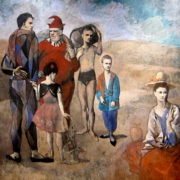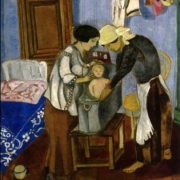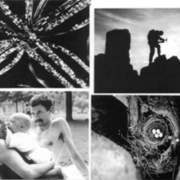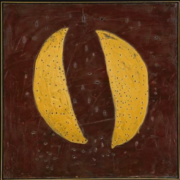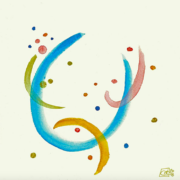Body tattoo and body injured, the vicissitudes of omnipotent control over the body in adolescence
Abstract
In the paper, tattoos and accidents are seen as two expressions of the omnipotent control that every adolescent feels he can exercise over his own body. The tattooed body expresses a form of control over the body that may even result in colonizing one’s skin. The injured body instead expresses the total loss of control over one’s body. I have tried to focus on some ways in which the attempt is made to exercise omnipotent control in adolescents.
One of the outcomes of the loss of control that the adolescent if exposed to is the fall, understood as the collapse of the grandiose self as intended by Kohut. In this regard, I have highlighted a reaction to the mental trauma, which follows the physical trauma, consisting in the attempt to restore the infantile grandiosity violated by the accident. In order to restore the grandiose self, the adolescent often refuses to deal with the traumatic area and to come to terms with the usually unpleasant reality which the accident exposes the body to. According to the paper, the group with adolescents conducted by an adult therapist makes it possible to approach and work through the trauma, instead of becoming isolated from the traumatic area in an attempt to relive the infantile grandiosity lost. The group with an adult can also help to contain the anxiety produced by the fear of losing the reference group of peers (Carbone, 2009), that is the group that continues to exist after the accident, albeit in different places, in meeting points that may vary and that for some time are surely distant from the fixed places the injured adolescent is forced to frequent. I have considered two different types of accidents, the traditional ones (including accidents during play, of which I provide an example) and non-traditional ones (including accidents induced by risk behaviour, like the ones illustrated in the clinical examples, associated with unprotected sex, which may cause temporary and in some cases enduring trauma resulting from the loss of control over one’s body. In both the injured body and the body exposed to risk, what is inscribed in the body is a trauma. What is inscribed upon the tattooed body is the opposite of a traumatic, unforeseeable event; it is a planned event, produced by a wish. The adolescent’s eagerness to get a tattoo provides an outlet for this wish: impressing upon and inside the skin a distinctive sign of one’s own. The paper suggests that the expressions of omnipotent control over the body resulting in a tattooed body, which is also a tamed body, should be seen as a preventive reaction aimed to exorcise the injured body, which is always a body out of control, a body from which the adolescent who dwells in it never knows what to expect before, during and even after the accident.


